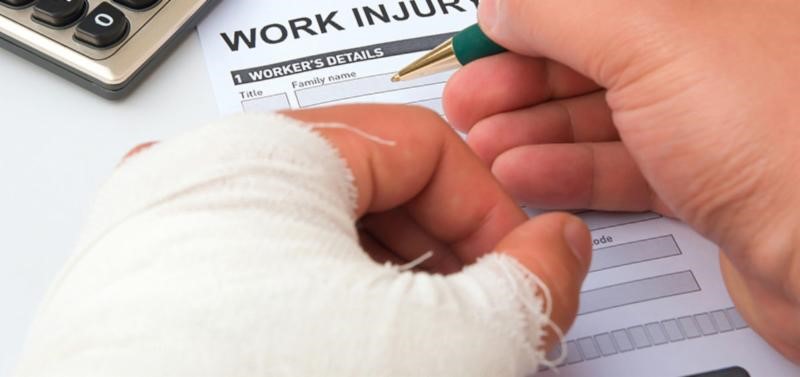As any parent with small children knows, important messages are sometimes best simplified in stories involving well-known characters. Here is a story with an important message: As the seven dwarfs commuted home from work one fateful evening, Snow White’s animal friends alerted them that she had been poisoned by the Evil Queen. When they chased after her, the Evil Queen nearly squashed them with a giant boulder. Had the Evil Queen been successful in her attempt to injure the dwarfs, would they have been eligible for workers’ compensation benefits under the kingdom (state) of Maryland’s “Going and Coming” Rule? Maybe.
That’s a dramatically hypothetical situation, but let’s take a look at how the law applies to real life scenarios. First and foremost, the Going and Coming Rule in workers’ compensation in Maryland essentially says, “The employee cannot get workers compensation benefits for injuries happening while going to work or coming home from work.” If the employee is injured while maneuvering in rush hour traffic on I-95 while commuting to work, then the injury is not eligible for workers’ compensation.
There are, however, a few important exceptions that may apply, depending on the circumstances, about which employers should know:
Transportation Needed or Paid for By Employer:
If the employer paid for the employee’s transportation to or from work, the injury may be compensable. For example, the employee’s injury may be compensable if the employee were driving a company car on the way to or from work and was involved in an accident. If the employee is required as part of the job to bring the vehicle to use during the working day, then the injury is compensable. This is true even if the employee were driving her own vehicle at her own personal expense. This is common for those in the profession of outside sales.
Premises Exception:
Did the employee get injured while driving in the employer’s parking lot? As long as the employee had unrestricted use of the lot and customarily used it, then he would be eligible to receive workers’ compensation benefits.
Special Hazard Exception (Proximity Rule):
If the employee encounters a special hazard getting to or from work, she may be entitled to workers’ compensation. The Proximity Rule has two elements:
1.) There is a special hazard at the off premises site where the injury occurs; and
2.) There is a close association of the access route to the premises.
For example, if the employee parks off site in a lot next to the employer’s premises and is injured walking from the car to the building (think: slipping on ice) then that would be compensable if the parking lot is controlled by your employer or if your employer directs its employees to park there.
Dual Purpose:
An injury sustained while traveling in the middle of the work day may be eligible for workers’ compensation benefits. For the Dual Purpose exception to apply, the mission for the employer must be the major factor or at least a concurrent cause of the journey. If it was merely incidental to what the employee was doing for his or her benefit, the injury is not compensable.
Special Errands:
Did you send an employee to pick up a cake for a coworker’s birthday on the way into the office? In that case, he would likely be covered because he was working for you – running a special errand – and that injury is compensable. “Special errand” exceptions vary, so it’s wise to consult an experienced comp attorney.
Deviations:
A variety of route “deviations” can affect compensability in either direction. If an employee deviated from the course of employment so that the injury occurs at a place where his employment did not require him to be present, then the injury is not compensable. Additionally, if an employee deviated by exposing himself to a hazard not required by the job (e.g., scaling a parking lot fence when there is a gate nearby), the injury is not compensable even though it may have occurred on the employer’s premises. However, if the employee is on a purely personal journey and deviates from that journey to take a trip for a business purpose, the course of that detour is within the course of employment and thus compensable.
As you can see, the rule is not cut and dry. In the case of the seven dwarfs, it’s possible a court could apply the “special dangers” exception to the dwarfs’ commute that day, making them eligible for workers’ compensation. Or conversely, the court could find that the dwarfs deviated their route to a place where their employment did not require them to be. It is imperative to gather as many facts as possible regarding the incident and consult with a skilled workers’ compensation attorney to inquire about eligibility.
Anderson & Quinn, LLC is a renowned law firm based in Rockville, Maryland, providing individuals, businesses, corporations, and healthcare institutions with the legal and litigation support they need.

